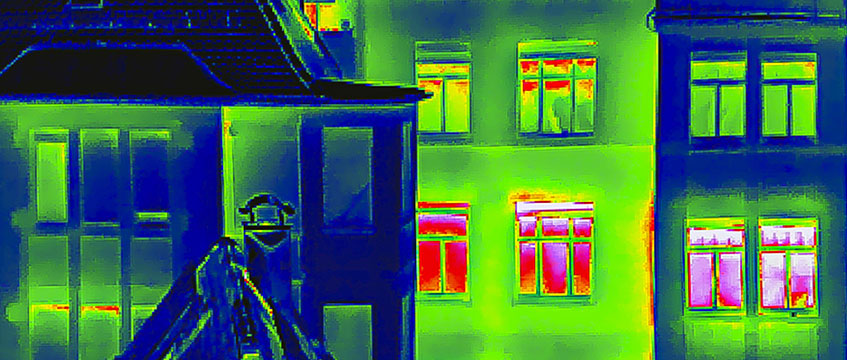Office sector must pick up pace of energy improvement
The office sector is set to see huge amounts of stock become unusable unless it picks up the pace of improvement for environmental performance, according to research from Knight Frank.
In its Meeting the Commercial Property Retrofit Challenge report, Knight Frank says 70% of all UK office space currently falls below the standard of EPC B which is proposed to become the minimum required level at which commercial space can be let or sold by 2030.
The report says levels of commercial space of EPC B or above have grown by an average of 8% since by 2019, but this needs to rise to 18% if all properties are to meet that 2030 deadline.
The office sector is set to see huge amounts of stock become unusable unless it picks up the pace of improvement for environmental performance, according to research from Knight Frank.
In its Meeting the Commercial Property Retrofit Challenge report, Knight Frank says 70% of all UK office space currently falls below the standard of EPC B which is proposed to become the minimum required level at which commercial space can be let or sold by 2030.
The report says levels of commercial space of EPC B or above have grown by an average of 8% since by 2019, but this needs to rise to 18% if all properties are to meet that 2030 deadline.
In London, 47% of current office space is ready for the 2030 target, leaving 12.7m sq ft in need of upgrading.
The picture is worse outside London, where 65% of all space is currently EPC C or below. Cardiff is identified as the major regional city with the biggest EPC problem, with just 24% of space at B or above.
In a poll of European investors, Knight Frank found more than three quarters are looking to improve the quality of their portfolios, while 58% said they were actively looking for assets which were under-performing in their EPC ratings which they could then upgrade.
The report also casts doubt on the accuracy of some EPC ratings. It took data from Display Energy Certificates, which measure actual operational energy performance, and found carbon emissions were frequently double the level predicted by EPC assessors.
The disparity was particularly stark in offices rated A or B, where the level modelled by EPC assessors was 40kg of cardon dioxide per sq m, which contrasts to the average DEC rating of 79kg.
Knight Frank head of ESG research Flora Harley said: “Progress in improving energy efficiency has been slow and the inadequacies of the current EPC system for rating performance doesn’t help.
“This research reveals the scale of the performance gap between EPC projection and DECs measuring actual use. A significant proportion of investors now typically seek additional information on how a building operates as part of the acquisition process.”
Image © Arnulf Hettrich/imageBROKER/Shutterstock











